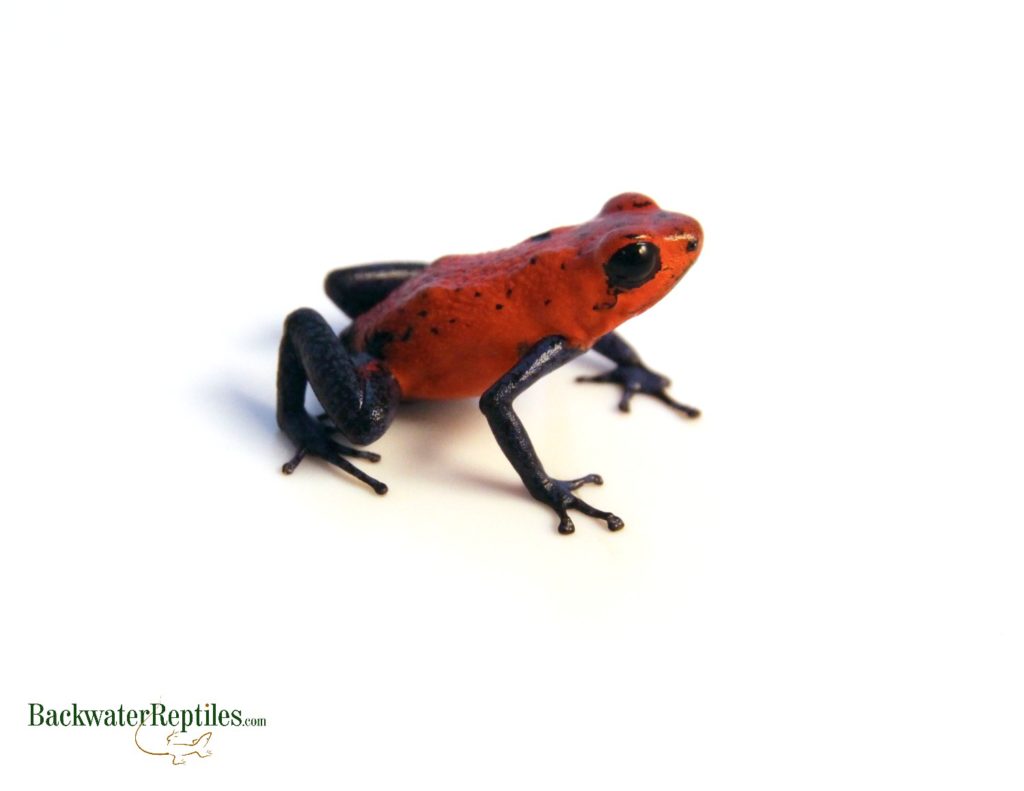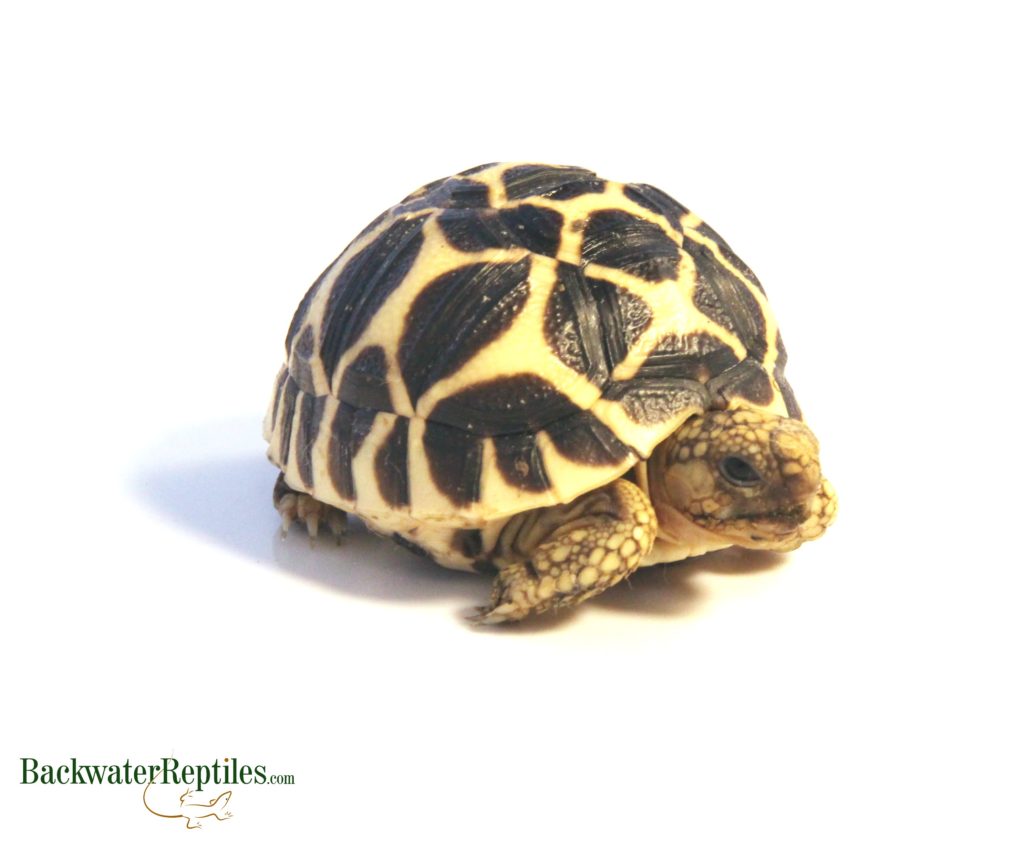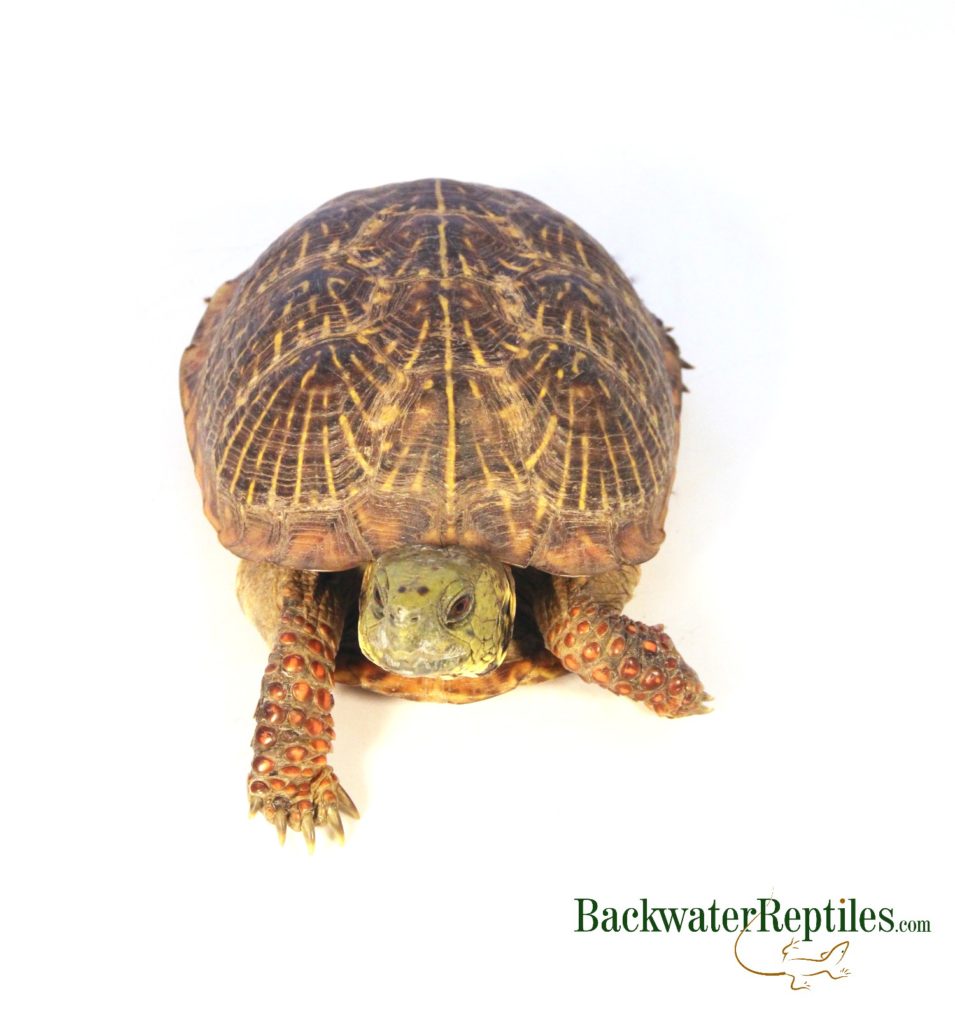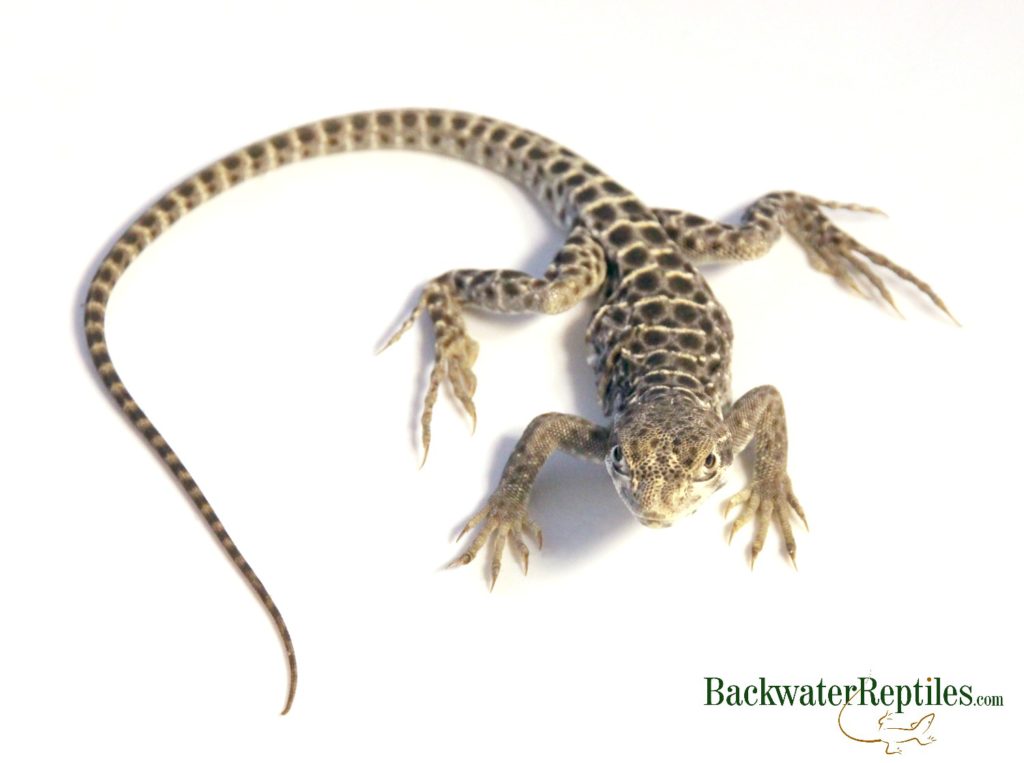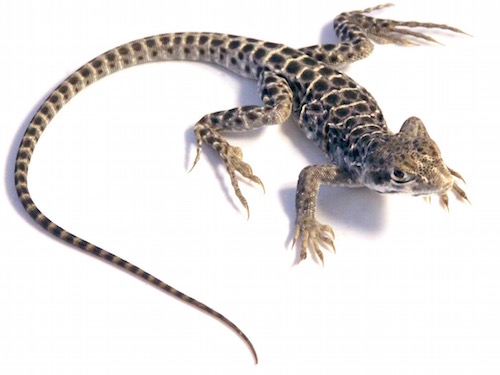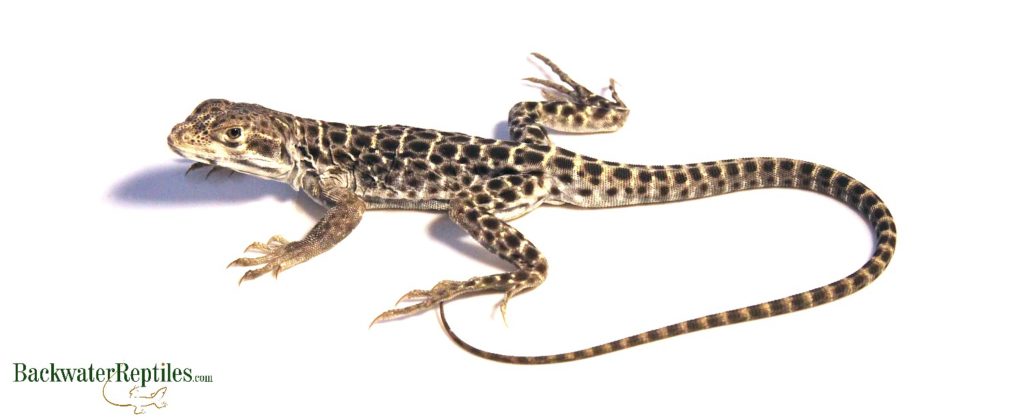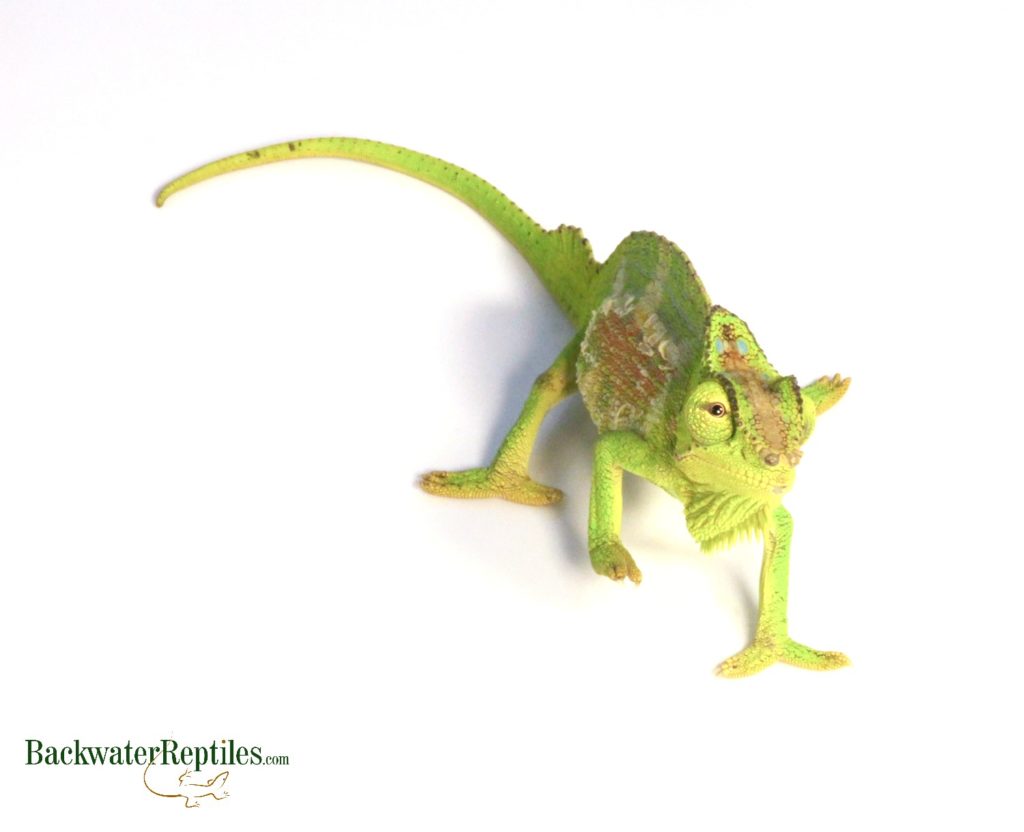Wondering how to care for your Fire-bellied toad? Although they are commonly called “toads,” they are in fact, frogs. They make excellent pets, particularly for first time amphibian owners and we highly recommend them to herpers of all ages and experience levels.
If you’re wondering how to care for this colorful frog, simply read on as we’ve devoted this article to discussing their care requirements in captivity.
Fire Bellied Toad Care Sheet
Fire Belled Toad Description
The fire bellied toad, which should probably actually be named the “fire bellied frog” gets its common name from its hard to miss red belly speckled with black spots. This red tummy is meant as a warning to potential predators that the frog is toxic and shouldn’t be eaten, although this toxin is so mild that humans don’t have a reaction to it. The frog’s back is also a very bright colored green covered with black splotches and spots. Fire bellied toads are quite striking little amphibians.
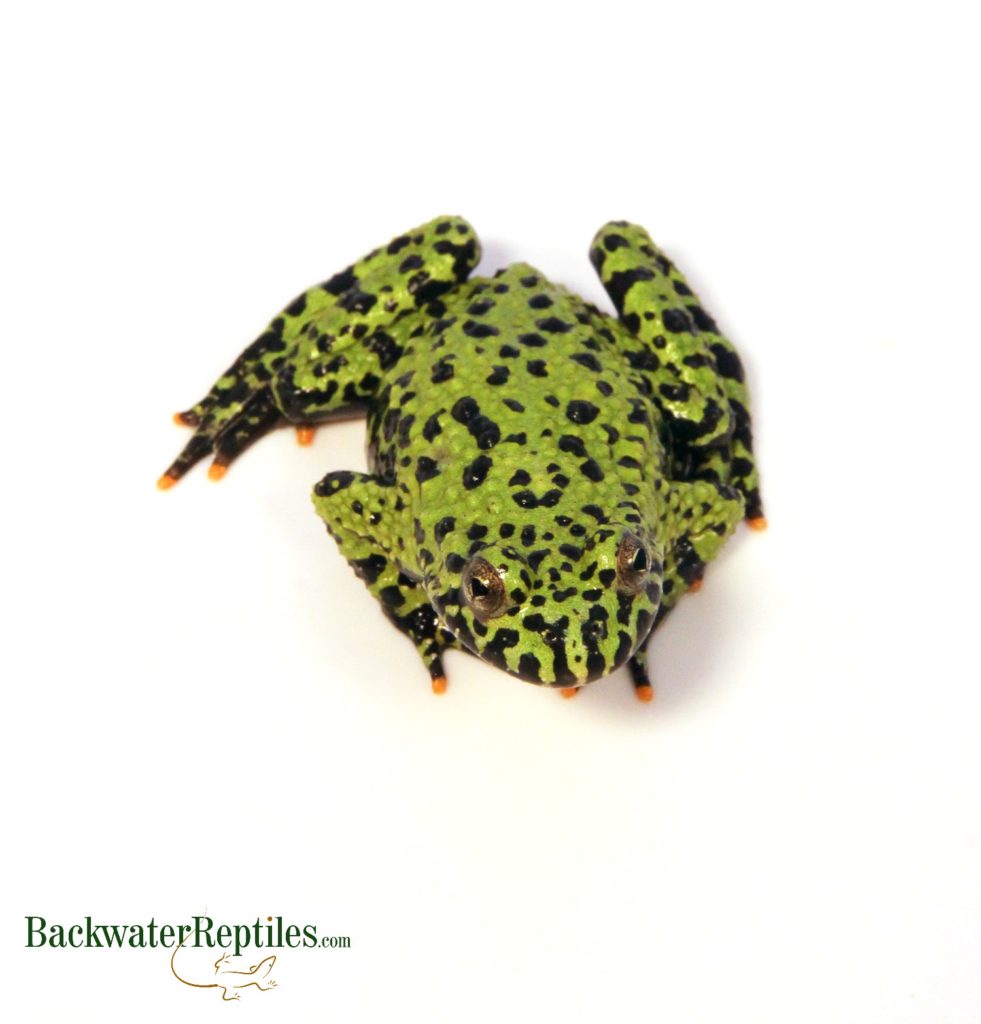
Fire bellies are small frogs which makes them ideal for pet owners who have limited space. A mature frog will usually get to be between one and two inches long. They have average life spans of anywhere from seven to fifteen years in captivity.
Unlike many frog species, fire bellies are diurnal and therefore awake and active during the day. This means that as a pet owner, you actually get to see your frog go about its every day activities. It’s especially nice to not have to wait for the sun to go down to hear your frog’s calls or to watch it eat.
Fire Bellied Toad Habitat
As we’ve already mentioned, fire bellied toads are actually frogs and therefore require a more aquatic habitat. A typical enclosure for a fire belly should actually be half aquatic. Most owners will set up a tank that has water in half with a slope of substrate that terminates in a solid ground area. This is because fire bellied toads are extremely happy when they can float in water with their back legs and toes just barely touching something solid underneath.
These small frogs don’t require a lot of space to be happy. You can comfortably house up to three fire bellies in a ten gallon aquarium and up to six in a twenty gallon tank.
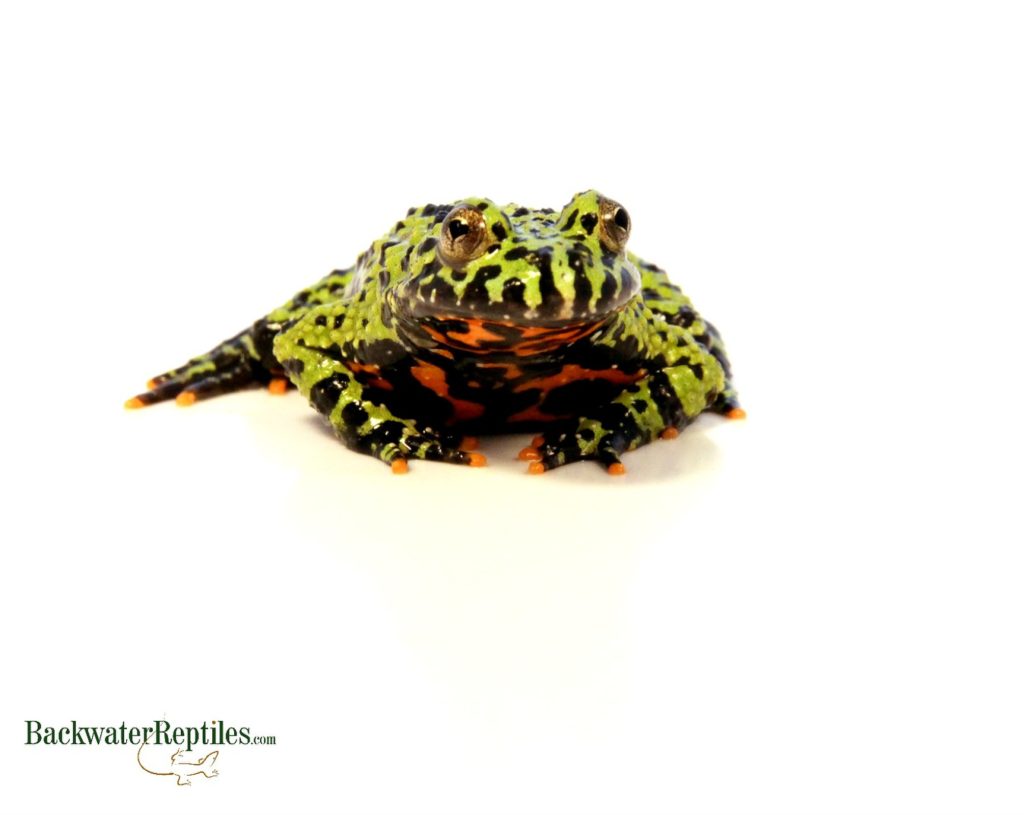
It’s not necessary to provide a basking area for fire bellied toads. However, you will want to maintain a reasonable ambient temperature. During the day, the tank should be kept at 70 to 75 degrees Fahrenheit and at night, the tank can drop to 60 to 68 degrees. You should monitor the temperature with a heat gun, which is a tool that every reptile or amphibian owner needs to keep handy.
Fire Bellied Toad Feeding
Despite their small size, fire bellied toads have rather fierce appetites. They are ambush predators and will lunge at any sign of movement that involves an item they think will fit in their mouth.
Fire bellied toads will readily consume virtually any insect. At Backwater Reptiles, our frogs are offered a staple diet of vitamin dusted crickets combined with aquatic worms. We supplement with small larvae and even cut up earth worms. Fire bellied toads will see virtually any invertebrate as food so long as they detect movement.
Fire Bellied Toad Temperament
Even though their red bellies scream “toxic” to potential predators, owners of fire bellied toads need not be concerned. The toxin produced by the frog is not harmful to people. So as long as you wash your hands after touching the frog and don’t put your fingers in your mouth after handling, the frog’s toxin is harmless.
Fire bellied toads are not at all aggressive towards people. However, we should say that being held is not one of their favorite activities. They won’t object much to being held aside from a little bit of squirming, but it’s best for all parties involved if you mostly allow your frog to be seen and not touched.

Conclusion
We’ve seen experienced herp hobbyists dismiss fire bellied toads as “common” pets simply because they are so widely available.If this species was rare, it would be one of the most sought-after amphibians in the world.
We hope you’ve enjoyed reading our Fire bellied toad care sheet. We think that these cute little frogs are excellent pets for beginners and experts alike. Ready for a fire bellied toad of your own? Backwater Reptiles has got you covered!



